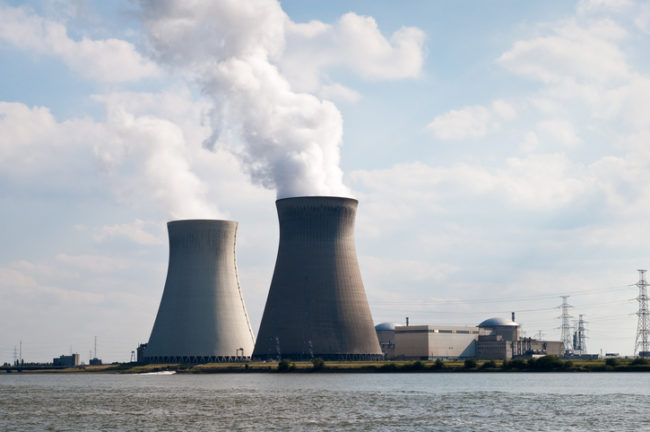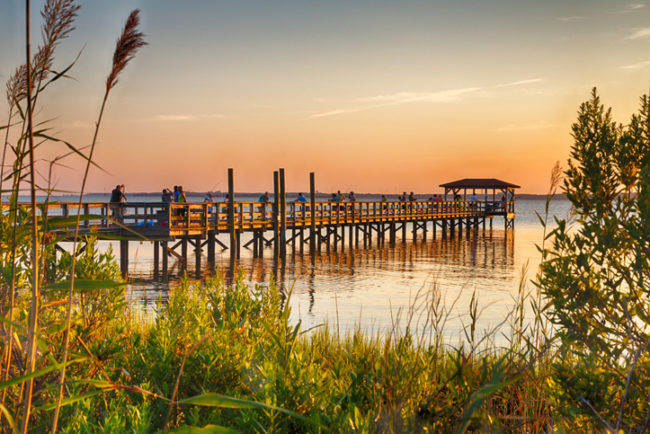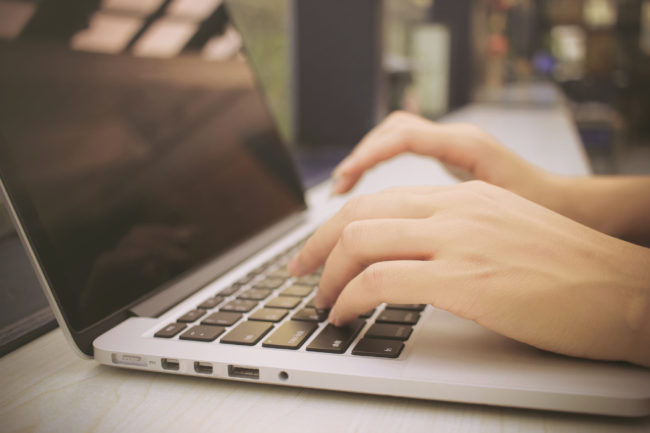On Tuesday, July 25, 2017, U.S. District Court Judge Valerie Caproni dismissed a challenge to New York’s plan to subsidize the state’s nuclear power plants. According to the Judge’s decision, the plan does not intrude upon federal jurisdiction over wholesale electricity markets and passes constitutional muster because it is rationally related to a legitimate state interest: the production of clean energy and the reduction of carbon emissions from the production of other energy.
A coalition of power generators and energy groups, including the Electric Power …
Continue Reading









